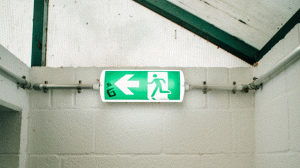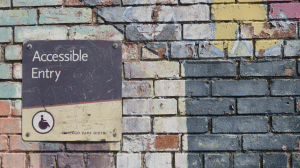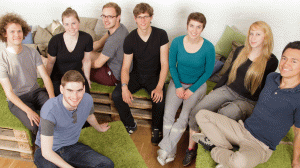- Workplace incivility
- Workplace incivility is “the accumulation of thoughtless actions that leave employees feeling disrespected – intentionally ignored, undermined by colleagues, or publicly belittled by an insensitive manager.” McKinsey & Company, 2016
Whether we are in school, at work, or looking for our next step in our professional career, most of us can recall a direct (or indirect) experience with a toxic professional environment. There are many factors that may contribute to toxicity in a professional setting, but let’s look at some of the elements connected to social relations.
Workplace incivility, as described by McKinsey & Company, is “the accumulation of thoughtless actions that leave employees feeling disrespected – intentionally ignored, undermined by colleagues, or publicly belittled by an insensitive manager” (McKinsey & Company, 2016). The report mentions contributing factors such as remote working which isolates workers and makes them feel less respected; growing narcissism among young workers; cultural clashes deriving from a more globalised workforce; and communication gaps and misunderstandings through digital means. The impact of workplace incivility affects both the workers and the organisation, in areas such as:
- Lower workplace performance,
- Higher employee turnover,
- Weaker customer experience, and
- Lower levels of trust and collaboration.
Notwithstanding the multiplicity of factors that contribute to workplace incivility, what can we do to reduce workplace toxicity and improve social relations within the workplace? Don’t worry, I won’t suggest you start writing letters to your colleagues and managers. But I will suggest you start at the start, that is, by reviewing the onboarding process in your organisation.
What does the onboarding process and structure look like in your organisation? Does it encourage the new colleague to bring their full self to the office? Or does it subtly (or not so subtly) invite them to wear a mask and leave the ‘personal’ outside the office walls? If you are dubious about the concept of bringing our whole selves to work without transforming the workplace into a therapy session, I invite you to listen to the “On Being with Krista Tippett” podcast episode with Jerry Colonna.
Now, if you are looking to improve the onboarding process in your organisation and make it more “wholesome”, this next recipe is for you. It’s called “The life map” and has kindly been shared by our friends at Bridge for Billions who use it in their onboarding process. Basically, it asks you and your team members to draw a visual timeline of the important events of your life, both personal and professional.
The invitation is then to share your timeline with your team members, so that you may introduce yourself to them and at the same time discover their journeys. This activity fosters reflection and self-awareness (towards your own journey), openness and trust (towards your team members), and a sense of connection and belonging (towards your organisation). If you end up trying it in your teams, let me know how it goes!
You can access the full guidelines here.
About Greta and Recipes for Wellbeing
 Greta Rossi is a changemaker involved in multiple not-for-profit initiatives, including Recipes for Wellbeing, Akasha Innovation,Pitch Your Failure, and ChangemakerXchange. Recipes for Wellbeing works towards shifting the culture of changemaking to include a focus on holistic wellbeing to enable anyone to contribute more effectively to creating positive change in the world. From freely accessible wellbeing recipes, through wellbeing talks and workshops, to immersive wellbeing labs, we make wellbeing accessible to changemakers and their teams. If you’d like to host a talk, workshop, or retreat for your team or organisation, reach out to us at info@recipesforwellbeing.org.
Greta Rossi is a changemaker involved in multiple not-for-profit initiatives, including Recipes for Wellbeing, Akasha Innovation,Pitch Your Failure, and ChangemakerXchange. Recipes for Wellbeing works towards shifting the culture of changemaking to include a focus on holistic wellbeing to enable anyone to contribute more effectively to creating positive change in the world. From freely accessible wellbeing recipes, through wellbeing talks and workshops, to immersive wellbeing labs, we make wellbeing accessible to changemakers and their teams. If you’d like to host a talk, workshop, or retreat for your team or organisation, reach out to us at info@recipesforwellbeing.org.
Social media: Facebook / Twitter / Instagram / LinkedIn
This article was originally published in February 2020 and has been updated.










